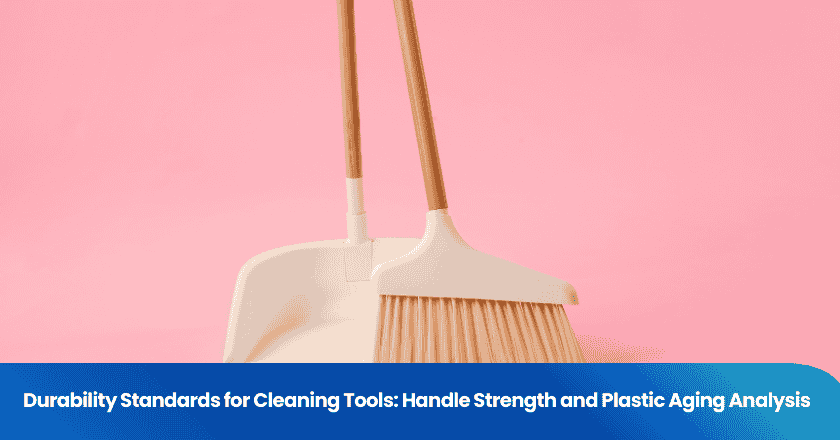
When it comes to footwear, comfort, support, and functionality are elements that cannot be compromised. This is especially true when it comes to orthopedic shoes, which are specifically designed to provide optimal support and relief for individuals with a range of foot conditions. In order to ensure that orthopedic shoes continue to provide the necessary benefits, regular footwear inspections are crucial. In this blog post, we will delve into the importance of footwear inspections in orthopedic shoes and how they can contribute to long-lasting comfort and health.
The Importance of Orthopedic Shoes
Orthopedic shoes have revolutionized the footwear industry by addressing the unique needs of individuals with foot conditions such as plantar fasciitis, bunions, and arthritis. These meticulously designed shoes offer enhanced arch support, cushioning, and stability to alleviate pain and provide proper alignment. By wearing orthopedic shoes, individuals can experience increased comfort throughout the day and minimize the risk of further foot complications.
Footwear Inspections: A Preventive Measure
While orthopedic shoes are engineered to withstand daily wear and tear, it is essential to conduct regular inspections to ensure their continued effectiveness. These inspections serve as a preventive measure, allowing individuals to identify any potential issues before they become significant problems. By catching minor flaws or damages early on, appropriate steps can be taken to rectify them, preventing discomfort and ensuring the durability of the shoes.
Common Footwear Issues
During footwear inspections, several common issues may be identified. These can include worn out or compressed cushioning, weakened arch support, deformities in the shoe structure, or damaged fasteners. Additionally, the outsole and insole may show signs of wear and tear, affecting the shoe's overall performance. By identifying these issues through inspections, individuals can take prompt action, whether it be contacting the manufacturer for repairs or considering purchasing new orthopedic shoes if necessary.
Guidelines for Footwear Inspections
To effectively assess the condition of orthopedic shoes, here are some guidelines for conducting thorough inspections:
- Examine the outsole for signs of excessive wear, cracks, or separation from the shoe.
- Inspect the insole and cushioning to ensure they are intact and still providing sufficient support.
- Check for any deformities or irregularities in the shoe structure, such as misaligned seams or bulges.
- Evaluate the fasteners, including laces, buckles, or straps, to ensure they are functioning properly.
- Take note of any discomfort or pain experienced while wearing the shoes, as it may indicate an underlying issue.
By following these guidelines and performing regular inspections, individuals can stay proactive in maintaining the quality and performance of their orthopedic shoes. Remember, prevention is always better than cure when it comes to foot health!
In conclusion, orthopedic shoes are designed to offer exceptional support and comfort, significantly benefiting individuals with foot conditions. To ensure their continued effectiveness, regular footwear inspections are paramount. These inspections allow individuals to address any emerging issues promptly, keeping their orthopedic shoes in optimal condition and providing long-lasting comfort. By following the guidelines provided, individuals can take proactive steps towards maintaining their foot health and overall well-being. So, inspect your orthopedic shoes regularly, and take every step confidently towards a pain-free future!
Grow your business with TradeAider Service
Click the button below to directly enter the TradeAider Service System. The simple steps from booking and payment to receiving reports are easy to operate.



